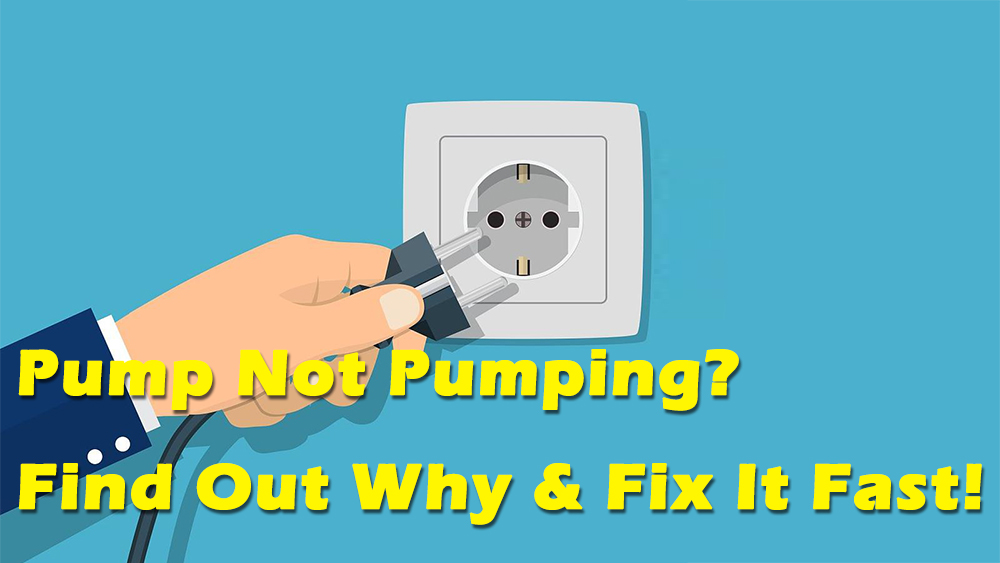+86 13816508465
Mar. 26, 2025

When a water pump fails to deliver water after being powered on, it can be frustrating and disruptive. Several factors may contribute to this issue, ranging from simple airlocks to electrical malfunctions. Below, we explore common reasons why your pump may not be working and provide actionable solutions to resolve them.
1. Air Lock
Description: Air trapped inside the pump can prevent water from flowing correctly. This is especially common in centrifugal pumps and systems with long suction lines. Solution: Check if your pump has an air release valve and open it to release trapped air. If there's no valve, try manually priming the pump by filling it with water. Inspect the suction line for any leaks that could be allowing air to enter the system.
2. Insufficient Water Supply
Description: If the water source (such as a well, reservoir, or tank) has a low water level, the pump may struggle to draw water. Solution: Ensure that the water level is high enough for the pump to function correctly. For submersible pumps, make sure they are fully submerged. If using a surface pump, consider installing a foot valve or lowering the suction inlet.
3. Clogged Filters or Strainers
Description: Dirt, sand, or debris can block the intake, preventing water from entering the pump. Solution: Regularly inspect and clean any filters, strainers, or suction screens to ensure unrestricted water flow. If using a well pump, check the well screen for sediment buildup.
4. Electrical Issues
Description: A lack of power or incorrect wiring can prevent the pump from operating. Solution: Verify that the pump is properly connected to a power source. Check circuit breakers, fuses, and wiring for any faults. Ensure that the voltage matches the pump’s requirements.
5. Faulty Pump Components
Description: Internal parts, such as impellers, seals, or valves, may be damaged or worn out, affecting pump performance. Solution: Inspect the pump for any visible wear or damage. If necessary, replace faulty components with manufacturer-approved parts. Regular maintenance can prevent premature failures.
6. Incorrect Pump Installation
Description: If the pump is not installed correctly, it may not function as intended. Solution: Double-check the installation process against the manufacturer’s manual. Ensure that suction and discharge pipes are correctly positioned and sealed. Avoid using undersized piping, which can cause cavitation and reduced efficiency.
7. Pump Overheating
Description: Running a pump dry (without water) or continuous operation under heavy load can cause it to overheat and shut down. Solution: Allow the pump to cool before restarting. Check the water source and ensure there’s adequate flow. Installing a thermal overload protector can help prevent damage from overheating.
Conclusion
Water pump failure can result from various issues, but with proper troubleshooting and maintenance, most problems can be resolved efficiently. Regular inspections, proper installation, and timely servicing will help extend your pump’s lifespan and ensure smooth operation.
If you're experiencing persistent pump problems, consider consulting a professional or reaching out to the manufacturer for further assistance. For high-quality, reliable water pumps, visit www.streampumps.com to explore our range of solutions tailored for residential, agricultural, and industrial applications.
Address
No.17 XeDa Jimei Ind. Park, Xiqing Economic Development Area, Tianjin, China
Telephone
+86 13816508465
QUICK LINKS